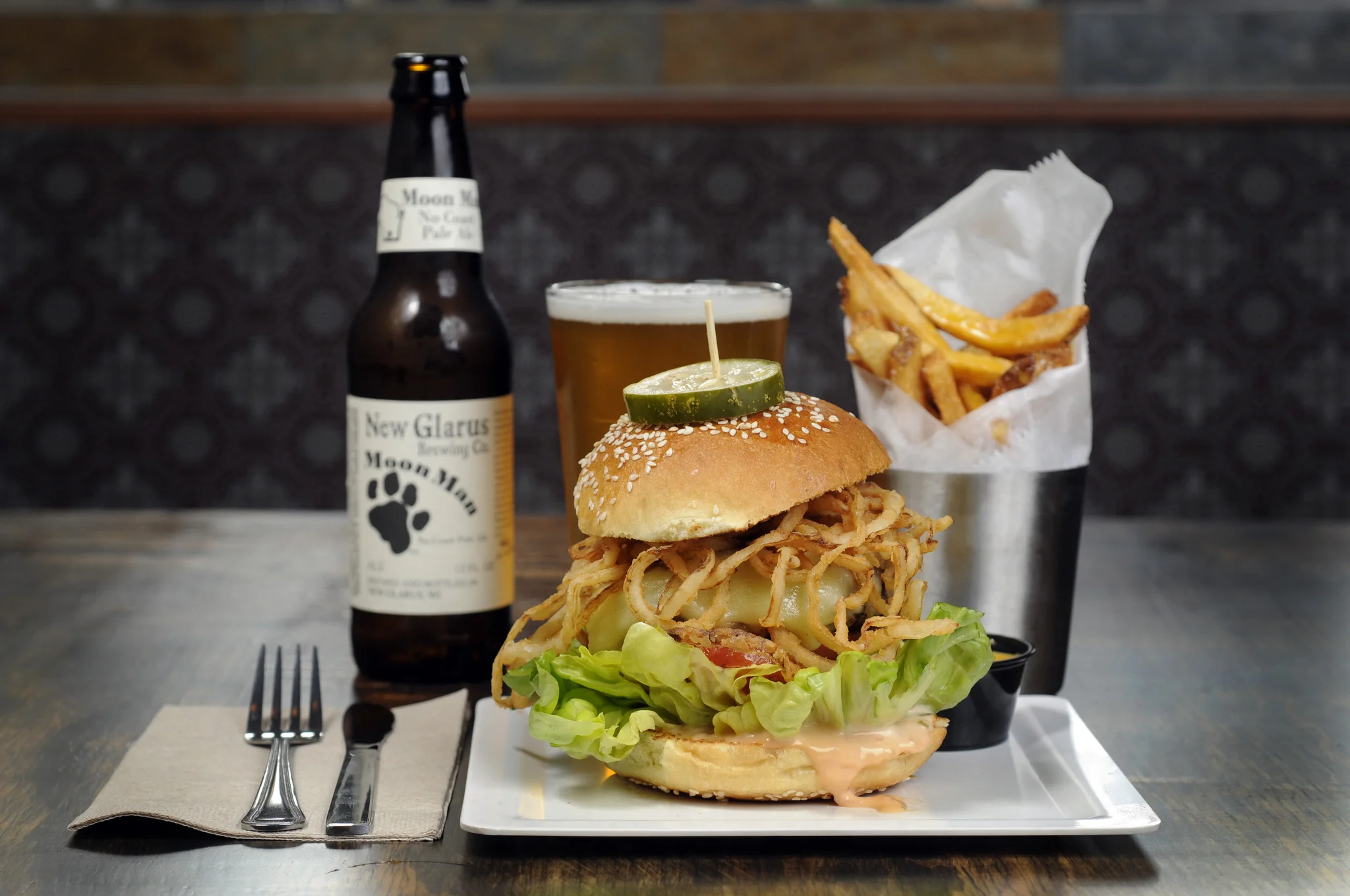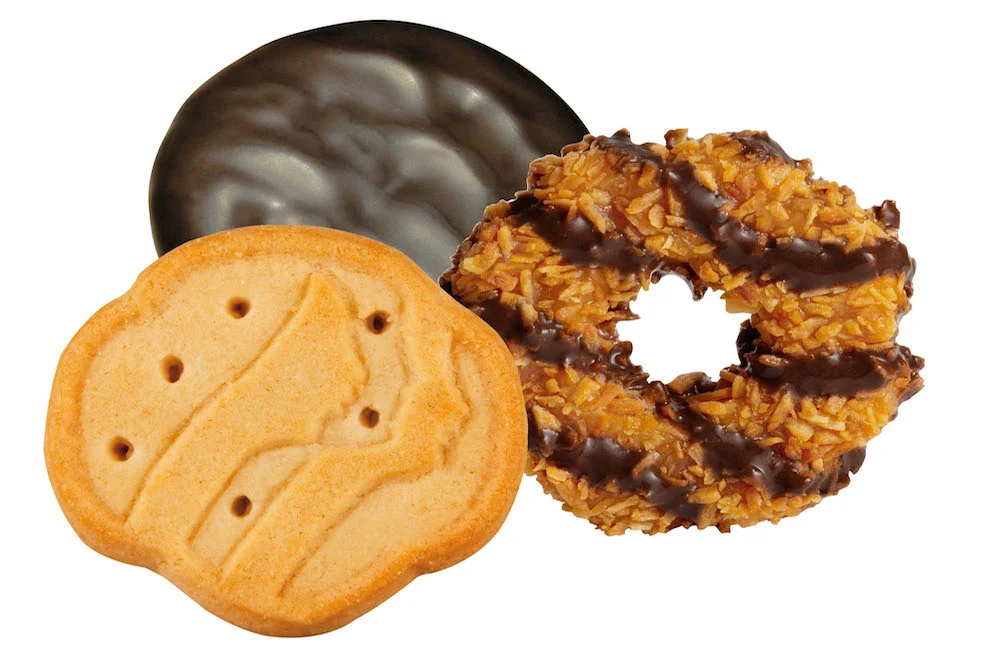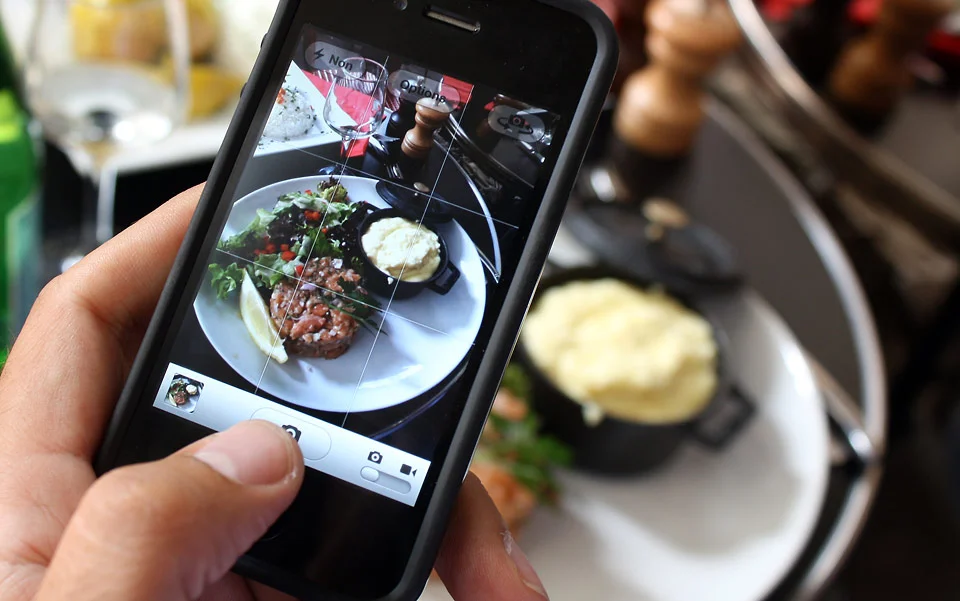Trending | Beer & Coffee Innovations
The food industry just seems to be getting more and more exciting. As 2014 comes to a close, here are some of the food and drink industry trends from around the web that are keeping us salivating.
1. looking at how Vista, California, became the capital of craft beer
2. the world's largest starbucks is making coffee brewing an immersive experience
3. a new indian pale ale enhances creativity and brain power
4. "airbnb for dinner" raises 1.25M in funding
5. espresso meets french press with this one-cup gourmet filter system
6. thrillist buckles down to give us the food trends that just won't seem to leave



